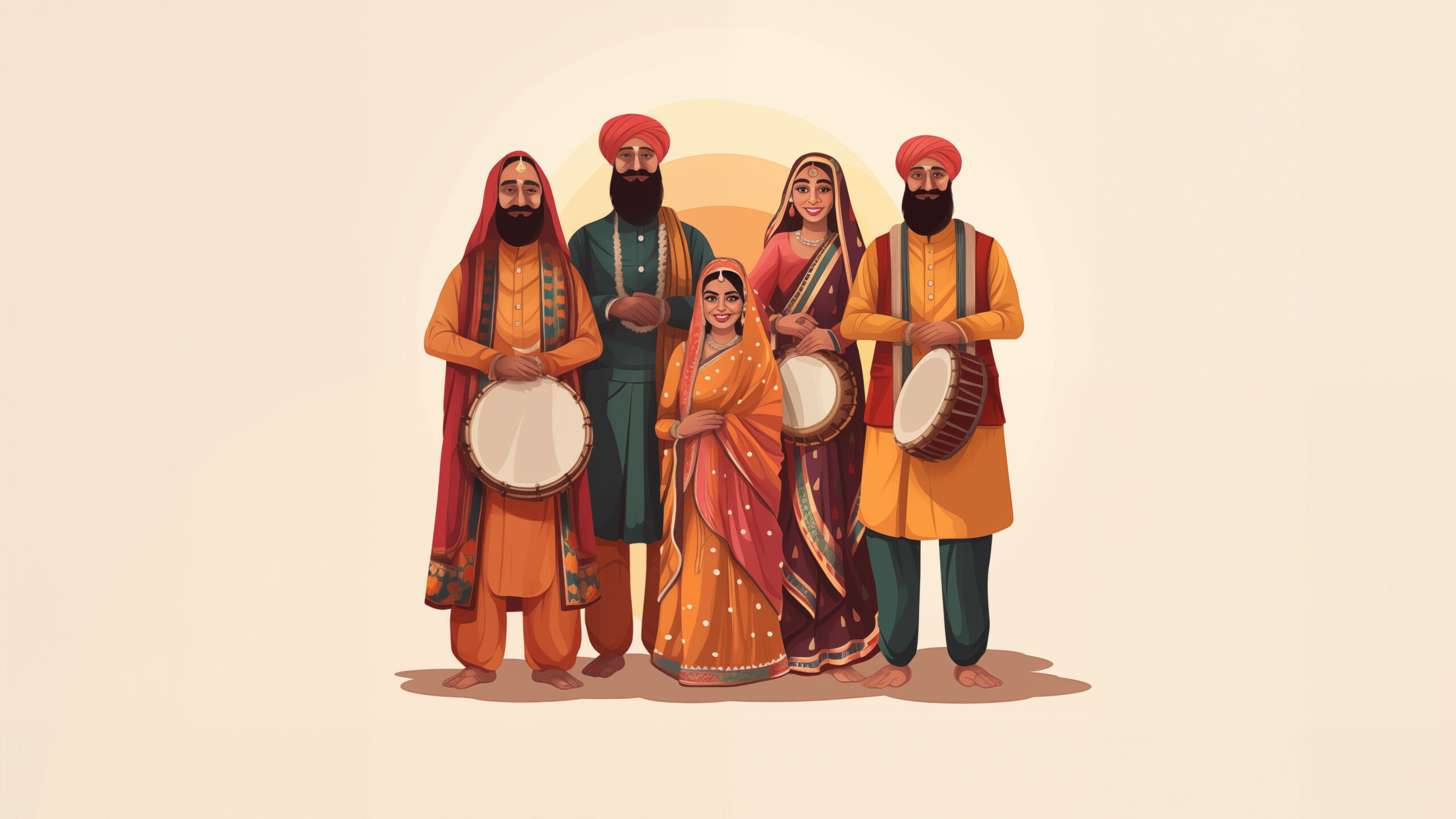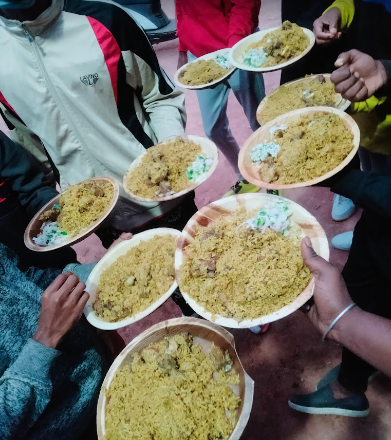Classical Languages of India
What Defines a Classical Language?
To qualify as a classical language in India, a few standards had been hooked up by way of the Indian government:
Antiquity: The language has to have ancient origins, with a recorded history of at least 1500-2000 years.
Wealthy literary lifestyle: There ought to be a wealth of early texts and literature inside the language.
Originality: The classical language has to have a wonderful identity, with its early literature not heavily borrowed from other languages.
These standards ensure that a classical language isn’t just old, however additionally culturally and traditionally extensive. Meeting those benchmarks, six Indian languages have earned the classical repute: Sanskrit, Tamil, Telugu, Kannada, Malayalam, and Odia.
The Classical Languages of India
Sanskrit
Sanskrit is perhaps the most classical language of India. It’s miles taken into consideration the mom of many current Indian languages, such as Hindi. Dating back over 3,500 years, Sanskrit become the language of historical Indian scriptures just like the Vedas, Upanishads, and epic poems including the Mahabharata and the Ramayana. Its impact on religious, philosophical, and literary traditions is exceptional.
Tamil
Tamil is one of the oldest living classical languages, with a history that spans over 2,000 years. In contrast to Sanskrit, which is the main liturgical language, Tamil is a dwelling language spoken with the aid of millions in southern India and parts of Sri Lanka. Its rich literary way of life includes the Sangam literature, a set of poems that spotlight the tradition, values, and ideals of ancient Tamil society.
Telugu
Telugu has a protracted record that strains again to over 1,000 years. It’s by far the most spoken Dravidian language nowadays. The earliest Telugu inscriptions date back to 575 CE, and the language boasts a treasure of literary works like Nannaya’s Mahabharata and the poems of Vemana.
Kannada
Kannada has been spoken for over 2,500 years, with its earliest acknowledged literature dating lower back to the 9th century CE. Pampa, the primary Kannada poet, helped shape its literary way of life. The Kavirajamarga is one of the earliest known works of literary criticism in Kannada.
Malayalam
The youngest of the classical languages, Malayalam, advanced from Tamil around 1,000 years ago. It became a distinct language in its own right, with its very own wealthy literary history. Incredible works encompass the Ramacharitam, an early epic poem, and the poems of Ezhuthachan, regularly appeared as the father of Malayalam literature.
Odia
The journey of Odia in the direction of being identified as a classical language became distinctly recent, in 2014. but, its roots stretch back over 2,000 years. Odia literature boasts works together with Sarala Das’s Mahabharata and Upendra Bhanja’s poems, that are fantastically revered within the location.
ancient Context and Impact
Those classical languages have been indispensable to shaping India’s history, contributing to its philosophical discourse, spiritual practices, and literary richness. They stimulated not simply each different but also the many modern-day Indian languages we communicate nowadays.
importance of Sanskrit in Indian lifestyle
Sanskrit holds a completely unique function in the Indian way of life because of its role in faith, philosophy, and technology. Many ancient texts, such as the ones on arithmetic and astronomy, had been written in Sanskrit. Moreover, it serves as the liturgical language for Hindu rituals, as well as for some Buddhist and Jain texts.
Tamil’s have an effect beyond India.
Tamil has had a far-attaining impact on past the borders of India. Tamil buyers and students carried the language to Southeast Asia, influencing the way of life, art, and language of countries like Malaysia, Indonesia, and Cambodia. These days, the Tamil diaspora maintains to hold the language alive around the world.
Contribution of Classical Languages to Literature and Art
Every classical language has played an important role in shaping Indian literature, poetry, drama, and music. Works like the Ramayana, written in diverse classical languages, hold to encourage artwork forms, from classical dance to theater, even these days.
protection Efforts and demanding situations
Preserving those historic languages isn’t always without challenges. While there are authorities’ tasks to sell the observation and use of classical languages, there’s additionally a need for an expanded focus on a few of the public. Non-governmental companies and cultural institutions are stepping in to protect this linguistic heritage.
Classical Languages and modern-day schooling
These days, many schools and universities in India offer publications in classical languages. However, greater paintings are needed to make those languages accessible and appealing to more youthful generations.
Classical Languages in the Virtual Age
With the upward thrust of technology, classical languages are finding new existence online. Virtual archives, apps, and platforms like Google Books are helping maintain historical manuscripts and texts, making them available to pupils and fanatics worldwide.
The Function of Classical Languages in Spiritual Practices
Sanskrit performs a key role in Hindu rituals, even as Tamil is principal to the Shaiva traditions in southern India. Those languages are nonetheless spoken in temples and at some point of spiritual ceremonies, keeping the cultural essence of the beyond.
Influence on modern Indian Languages
Many cutting-edge Indian languages owe their origins or improvements to classical languages. For instance, Hindi, Marathi, and Bengali borrow notably from Sanskrit, while Kannada and Telugu percentage roots with Tamil.
Why mastering Classical Languages matters
Getting to know a classical language is not just about knowledge of ancient texts. It connects you to your cultural roots and helps you respect the richness of India’s literary and philosophical traditions. Whether or not you’re a pupil or simply curious, studying these languages gives monstrous highbrow and cultural rewards.
conclusion
India’s classical languages are the cornerstone of its cultural and intellectual background. They have preserved the historical information, philosophies, and traditions that shaped the civilization we know today. From influencing current languages to playing a vital role in nonsecular practices, these languages are not simply relics of the past but living symbols of India’s enduring legacy. As we include era and modernity, preserving and promoting these classical languages becomes more essential than ever to make sure that the wisdom of the past remains available for future generations.
To know more about the Classical languages of India visit Wikipedia. If you liked this article do follow our site TIMES DIGEST for more such exclusive content.












I loved as much as youll receive carried out right here The sketch is attractive your authored material stylish nonetheless you command get bought an nervousness over that you wish be delivering the following unwell unquestionably come more formerly again as exactly the same nearly a lot often inside case you shield this hike